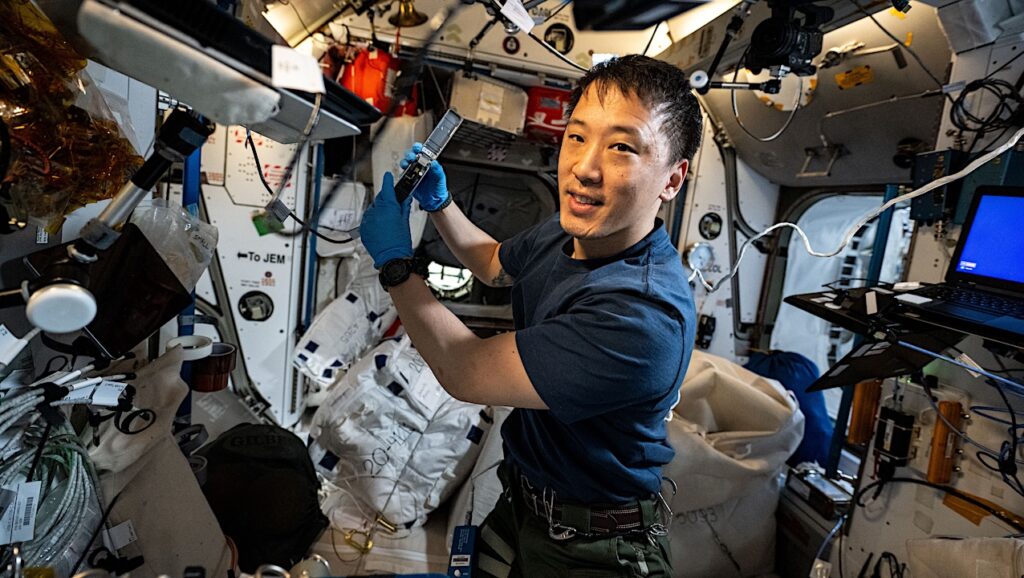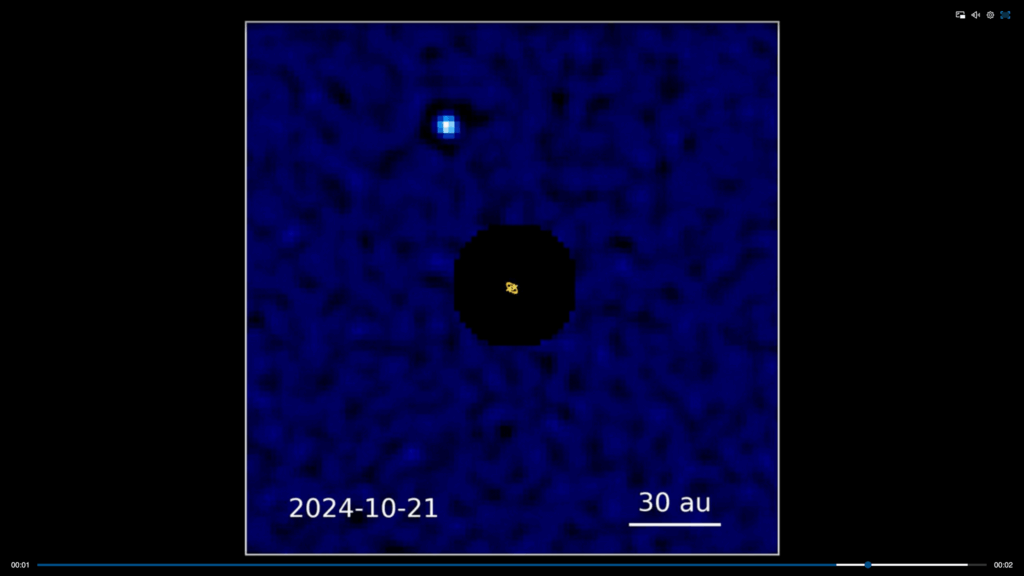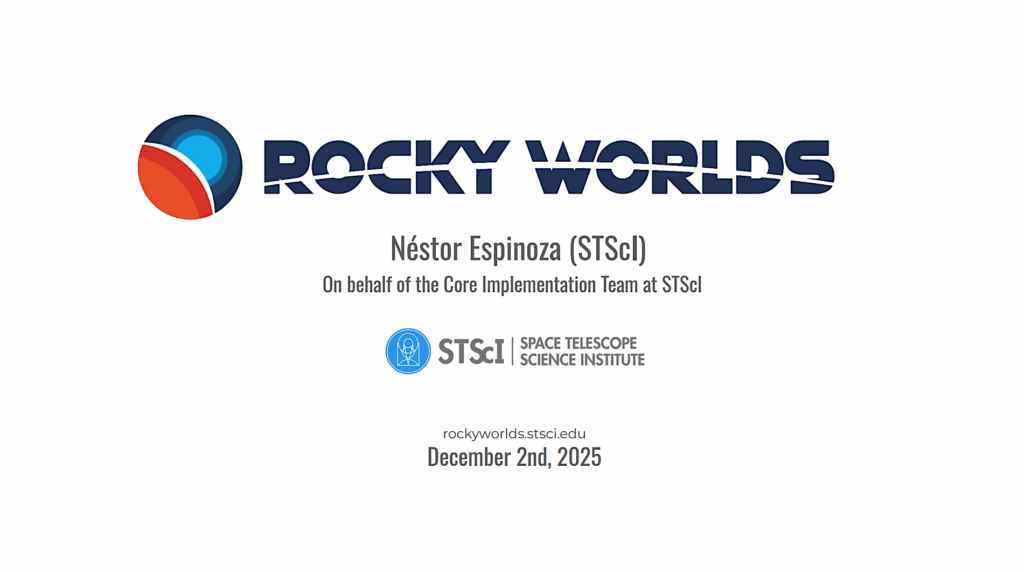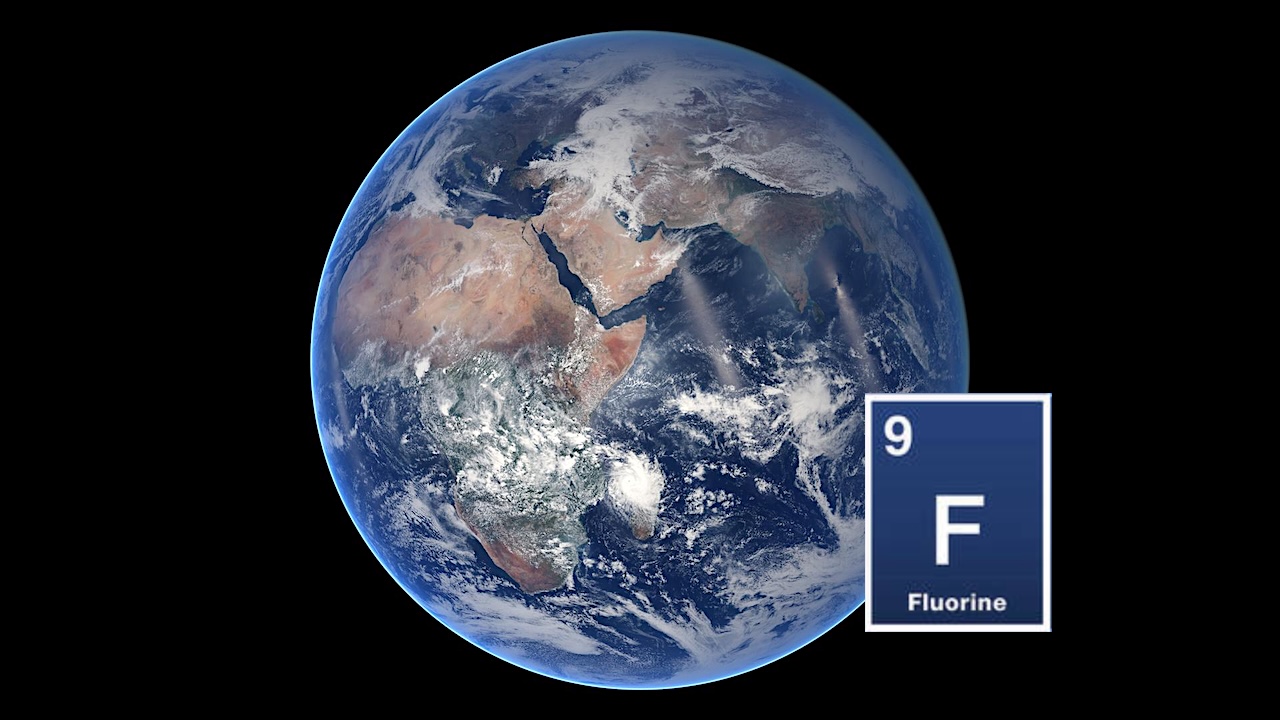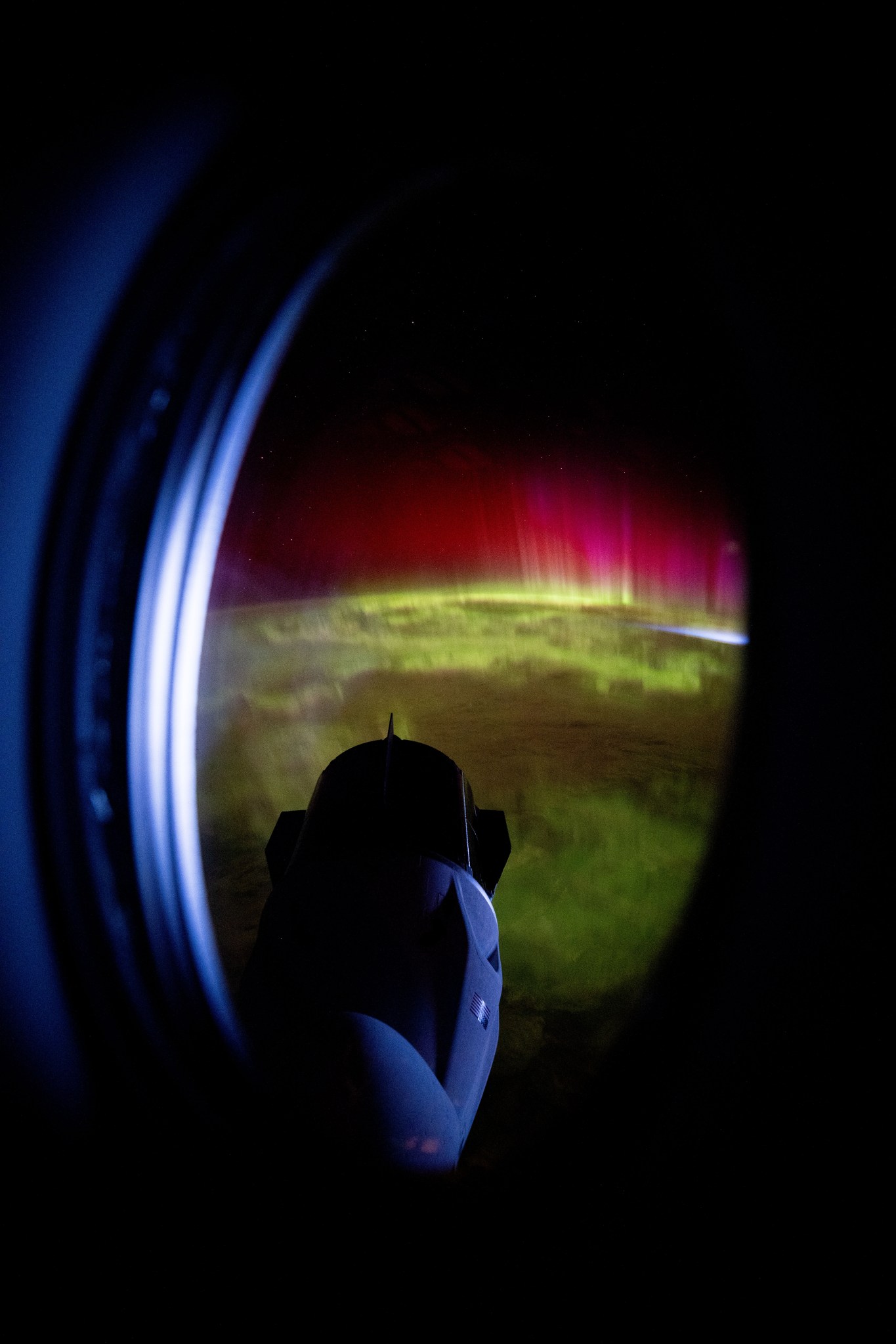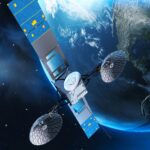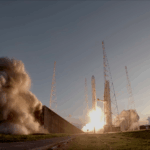Now Reading: Finding Water On The Moon And Mars: Humanity’s Extraterrestrial Future
-
01
Finding Water On The Moon And Mars: Humanity’s Extraterrestrial Future
Finding Water On The Moon And Mars: Humanity’s Extraterrestrial Future
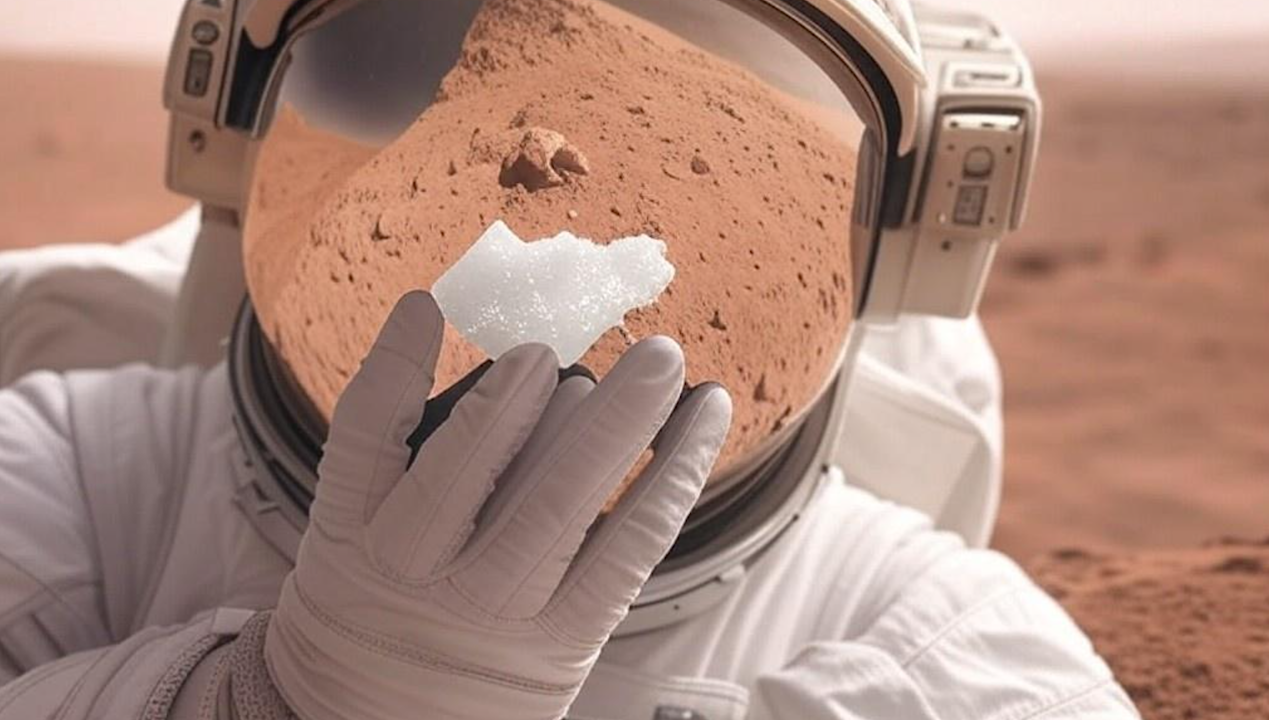

An astronaut examines apiece of Martian ice — Grok via Astrobiology.com
The inclination to explore across vast expanses has been a continual part of human history. In voyages across the Atlantic, or North America, one of the greatest obstacles was the availability of water.
It was a life or death struggle. As terrestrial inhabitants make the first expansions to non-Earth habitations, water remains a major obstacle. As in the past, knowledge of where water resources are and how much remains is a fundamental question, which is addressed in this issue.
The exploration across the expanse of space continues with NASA’s initiation of the multistage Artemis program. Returning to the Moon is inspired by scientific discovery, economic benefits, and inspirations for a new generation of explorers.
Artemis will build a habitat on the Moon, marking the first departure of Homo Sapiens to live on an extra-terrestrial body. Artemis 1, a nonpiloted nonlanding mission has already flown. Artemis 4 will send 4 astronauts to the Lunar Gateway station and prepare for the landing of humans on the Moon. The goal is to study the Moon in high detail and develop a better understanding of the Moon and prepare for travel and eventual settlement of Mars.
The recent Perseverance Mars mission had two impressive instruments on board to prepare for both Mars and the Moon. The MOXIE (Mars oxygen in-situ instrument) successfully demonstrated that oxygen may be electrochemically separated from atmosphere to be used for breathing support.
The SHERLOCK (Scanning Habitable Environments with Raman and Luminescence for Organics and Chemicals instrument) found evidence of an ancient lakebed. These high-resolution mineral instruments search for organics and minerals modified by aqueous activity. This issue of water on the Moon and Mars, how much is there, how is it distributed, and where did it come from is timelier than ever.
Finding water on the Moon and Mars: Humanity’s extraterrestrial future, PNAS via PubMed (open access)
Astrobiology,
Stay Informed With the Latest & Most Important News
-
 012024 in Review: Highlights from NASA in Silicon Valley
012024 in Review: Highlights from NASA in Silicon Valley -
 02Panasonic Leica Summilux DG 15mm f/1.7 ASPH review
02Panasonic Leica Summilux DG 15mm f/1.7 ASPH review -
 03From Polymerization-Enabled Folding and Assembly to Chemical Evolution: Key Processes for Emergence of Functional Polymers in the Origin of Life
03From Polymerization-Enabled Folding and Assembly to Chemical Evolution: Key Processes for Emergence of Functional Polymers in the Origin of Life -
 04How New NASA, India Earth Satellite NISAR Will See Earth
04How New NASA, India Earth Satellite NISAR Will See Earth -
 05And Thus Begins A New Year For Life On Earth
05And Thus Begins A New Year For Life On Earth -
 06Astronomy Activation Ambassadors: A New Era
06Astronomy Activation Ambassadors: A New Era -
07SpaceX launch surge helps set new global launch record in 2024













